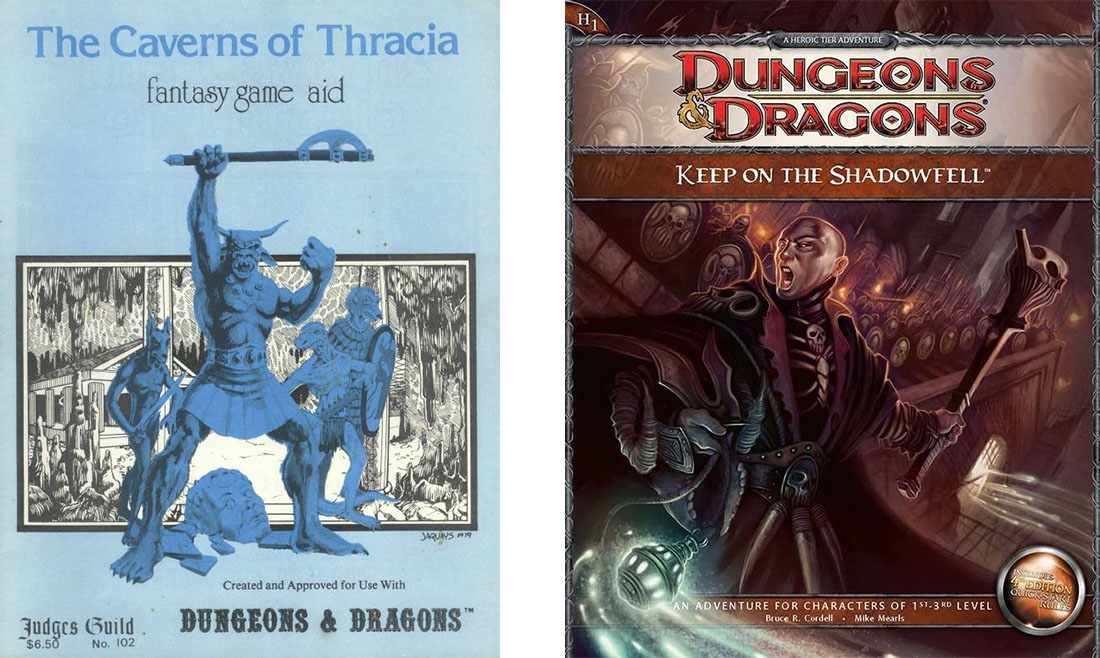If the GM has pre-authored a “state of the world” and is using one, two, three (whatever number) clues to
strategically mainline that pre-authored “state of the world” onto play, then the GM has
prepped plot, not just situation.
I’m running The Between right now for
@Campbell ,
@hawkeyefan , and a third player. There have been 5 Threats (mysteries) resolved, there are 3 more presently in play (including one of the PCs playbook enemy, The Coven, and The Mastermind Threat), another PC playbook will have their enemy Threat come online next loop (The Beast), and pending on how the final PC's thematic trappings resolve, there might be another Threat (The Orphan) that hits play. Consequentially different than Alexander's Three Clue rule:
* There is no GM or system pre-authored "state of the world";
plot. The players explore situations via a structured play loop, clues accrue (more on that below), and the players perform the Answer a Question move (possibly more than once if the Threat is a multi-Question Threat) where (a) they posit a "working theory" for the answer to the question based upon the accretion of preceding play/clues and (b) roll 2d6 + Clues - Question Complexity (so 6 Clues - 4 Complexity = 2d6 +2) to resolve their "working theory." On a "hit," the players "working theory" is correct and I frame an "endgame (for the Threat)" scene presenting them an opportunity to put it down/resolve it.
* As there is no GM or system pre-authored "state of the world" (
plot), the Clues don't
strategically mainline that pre-authored “state of the world” onto play. Clues come from a variety of means; scenario-devised, off the GM's head or subtly manipulated the scenario clues for the framed scene and PC move made at hand (and or off the motiff of The Unscene which is a thematic device to pace the dangerous and feral Night Phase), the GM Disclaims Decision-making (about a Clue) to the table-at-large or a specific player, a player authors a Clue directly from The Vulnerable move (once per play loop), a player authors a Clue directly because one of their playbook moves facilitates that in-situ player authorship.
Net, the above is a very different play paradigm and play experience than what JA is putting forth in his "Three Clue Rule" and the evidence that it contradicts "Don't Prep Plots" (hat tip Dogs in the Vineyard) is embedded in the contrast of the play paradigm of The Between and the experience of both GMing it and being a player in it.




